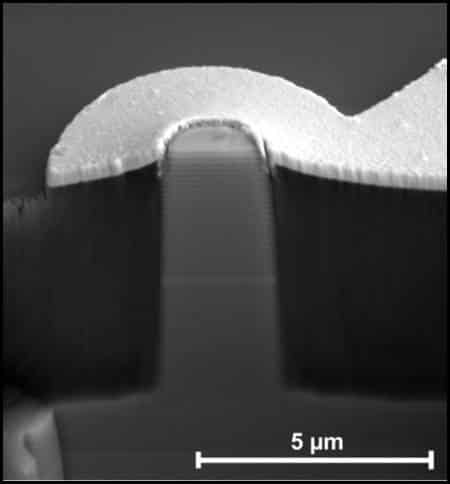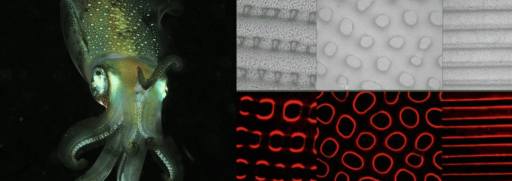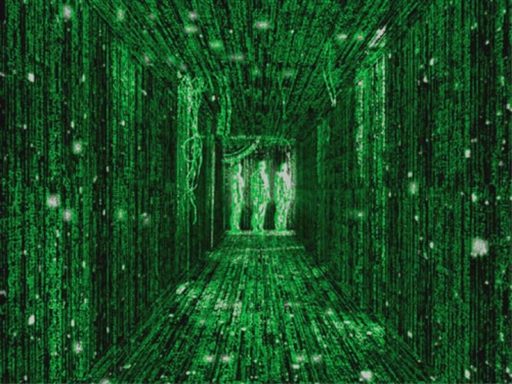Quantum cryptography has been around for quite some time. And although it is considered probably the most secure form of cryptography, it hasn’t been particularly practical until now. Now, however, a more efficient way to produce photons may help bring this technology to mainstream.
The basic premise behind quantum cryptography is that the encryption keys are read by measuring the polarization of photons which are sent between computers. Quantum cryptography is based on Heisenberg’s uncertainly principle from which it can be deduced that if someone tries to listen on the communication between two computers, the polarization of the photons will be immediately disturbed. This can then be detected.
Until now, the photons that were used in the technology had to be produced by external lasers, a process which was quite expensive and make the technology rather unaffordable. German researchers have found out a new, cheaper method of creating photons. This would greatly help the technology to move towards becoming more accessible and affordable.
According the group leader at applies physics department at Wurzburg University, Sven Hofling, “We can make Quantum key distribution with electrically driven sources. This is really compatible with standard semiconductor technology, meaning it could be, in principle, very cheap.”
Although a number of critics of quantum cryptography term it impractical and useless, this new breakthrough shows that in the coming days, the technology may be ready to go mainstream.
Source: New Journal of Physics
Courtesy: Wired
[ttjad keyword=”ssd”]



